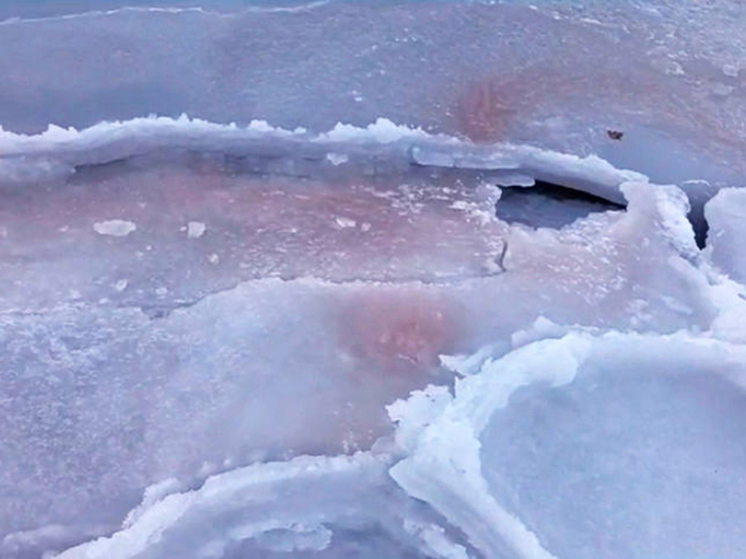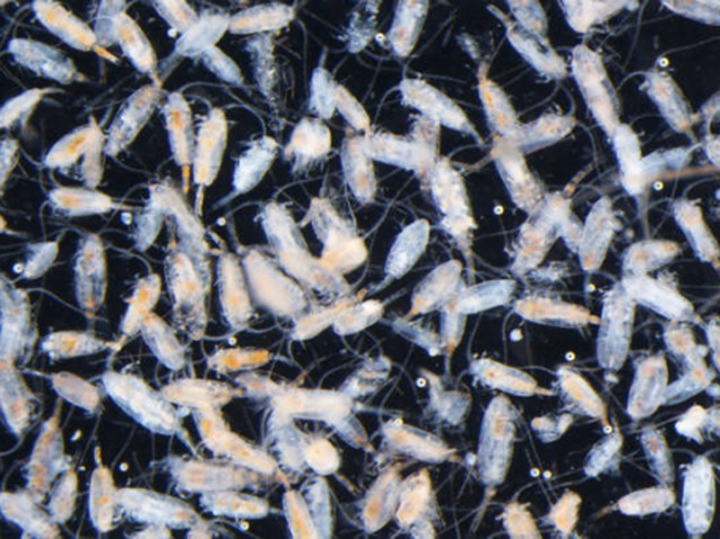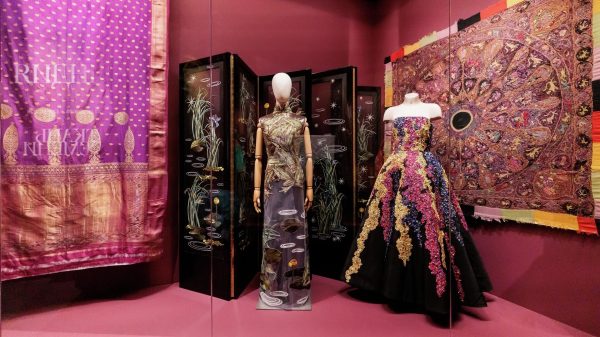The natural phenomenon is associated with the life activity of marine inhabitants
Russian scientists discovered a colorful natural phenomenon — the coloring of ice red — on the coast of the Sea of Japan. The problem turned out to be carotenoids — pink pigments found in marine zooplankton frozen into ice.
 Photo by NSCMB FEB RAS
Photo by NSCMB FEB RAS
As reported by the Russian Academy of Sciences, unusual ice was recorded during environmental monitoring conducted by the National Scientific Center for Marine Biology named after. A.V. Zhirmunsky Far Eastern Branch of the Russian Academy of Sciences in Peter the Great Bay on February 5.
Samples of red ice were taken for analysis, which showed that the unusual color of the frozen water is given by tens of thousands of crustaceans frozen into it, representatives of zooplankton of the genera Neocalanus, Pseudocalanus, Metridia and Microcalanus. The crustaceans themselves received their color from a special pigment.
Raman spectroscopy confirmed that the carotenoids found in crustacean bodies recovered from the ice of the bay included axoxanthin – a carotenoid that gives a rich red color and is used as a food additive, like other carotenoid – beta-carotene.
 Photo by NSCMB FEB RAS
Photo by NSCMB FEB RAS
As explained at the National Research Center for Marine Biology, the phenomenon of coloring of sea ice off the coast of Primorsky Krai is not the first time recorded during the period of ice melting. However, in all cases, previously these were microalgae: primnesia (Pseudohaptolina), green (Chlamidomonas), dinoflagellates (Noctiluca) and others, giving the ice a greenish or brown tint. The fact that the ice turned red this time was due to zooplankton, while microalgae were completely absent in the subglacial layer of water and in the ice itself.























































Свежие комментарии